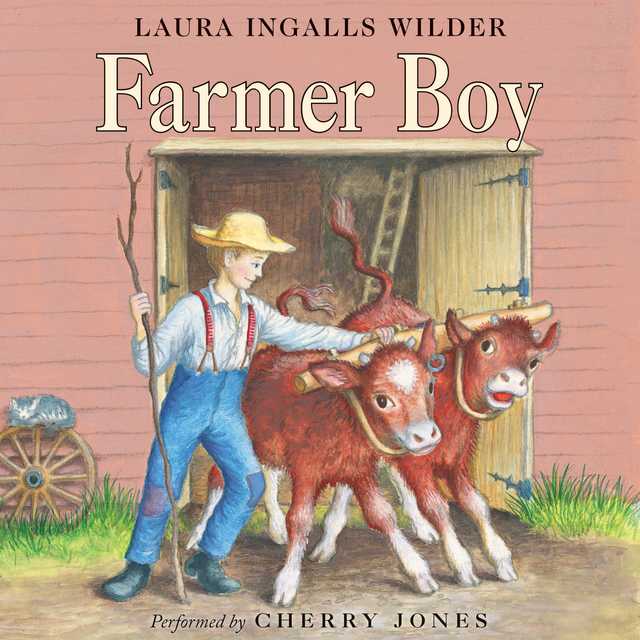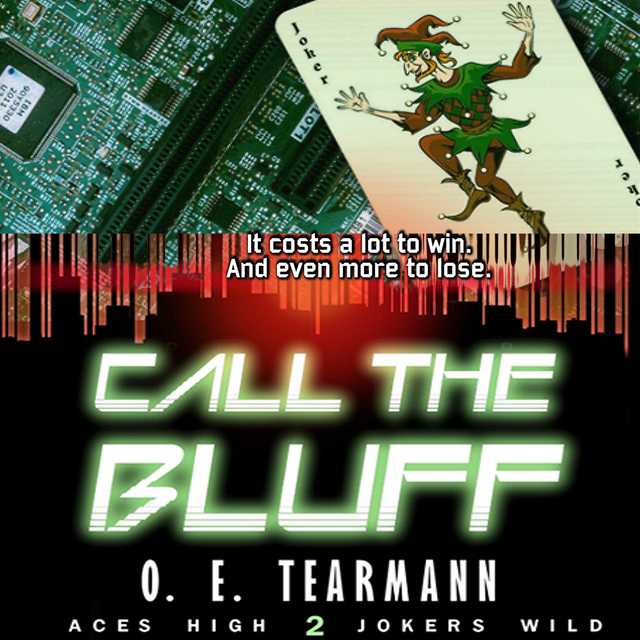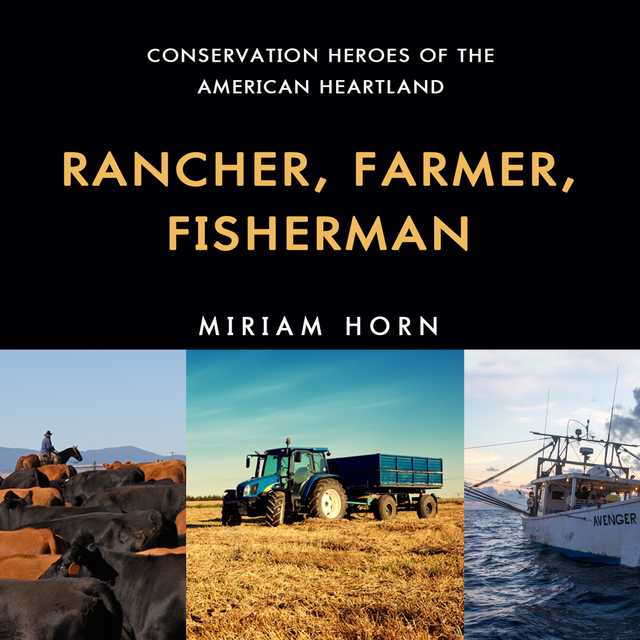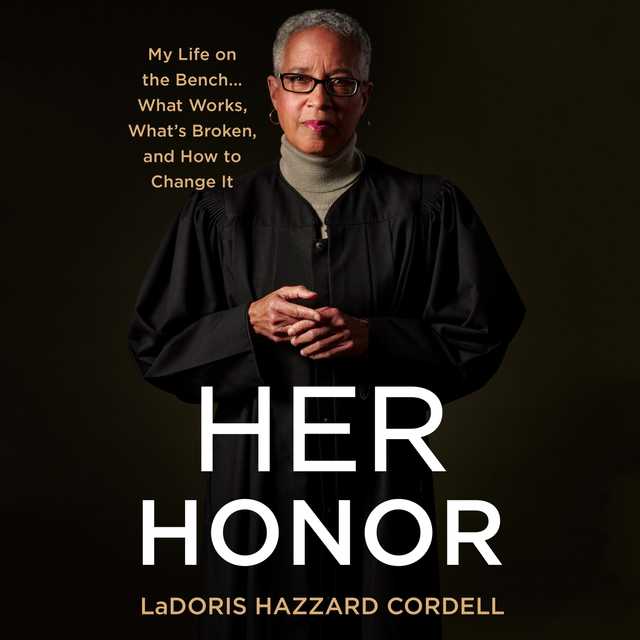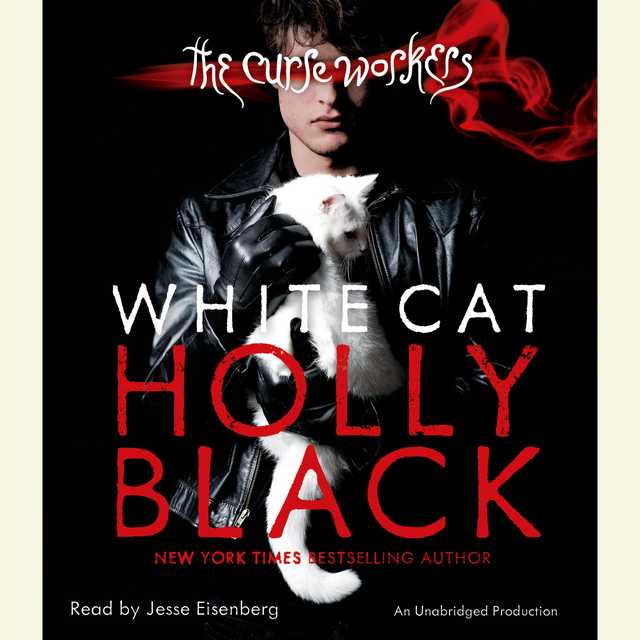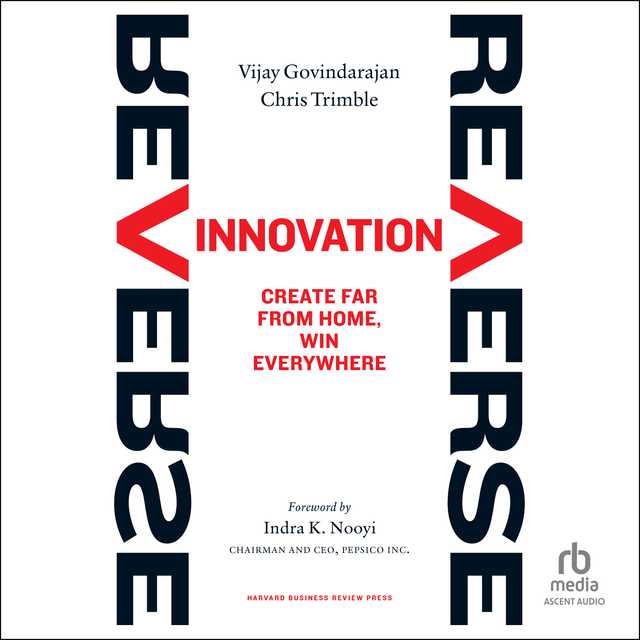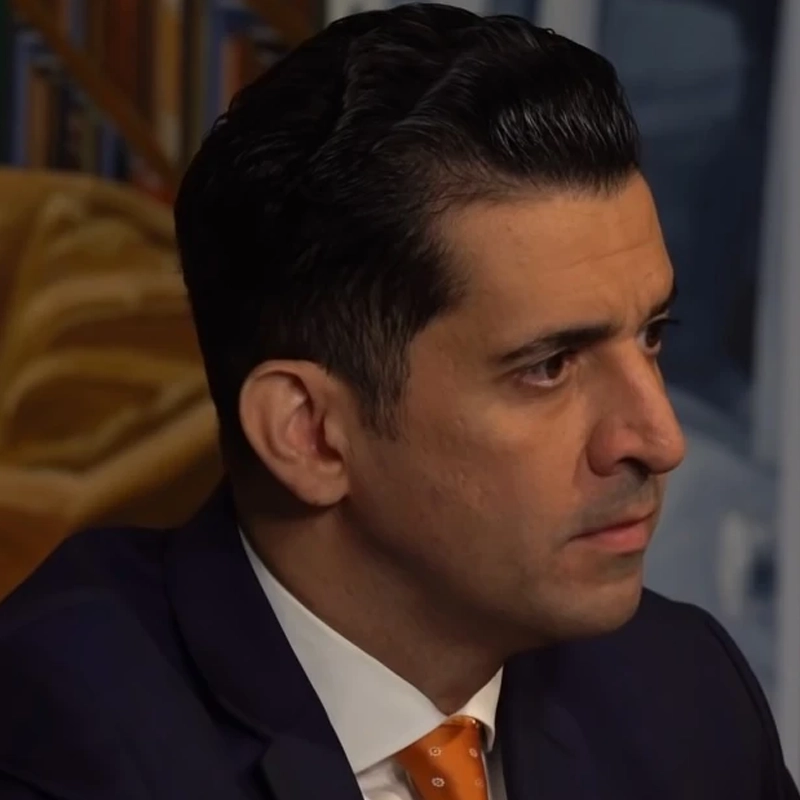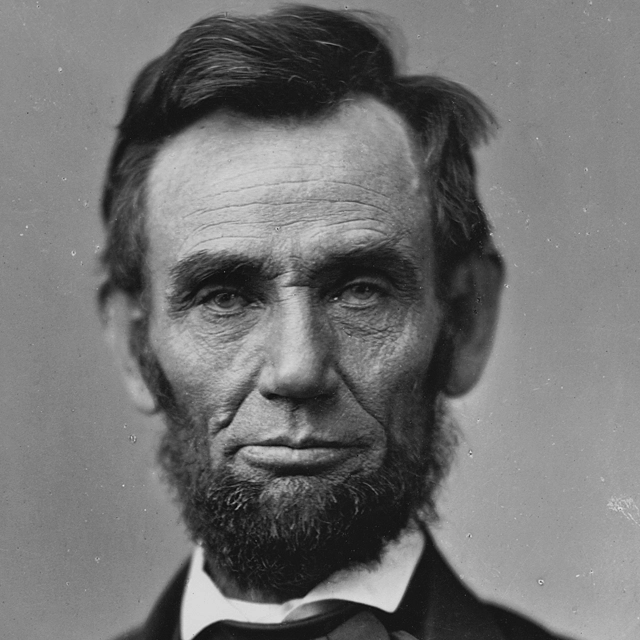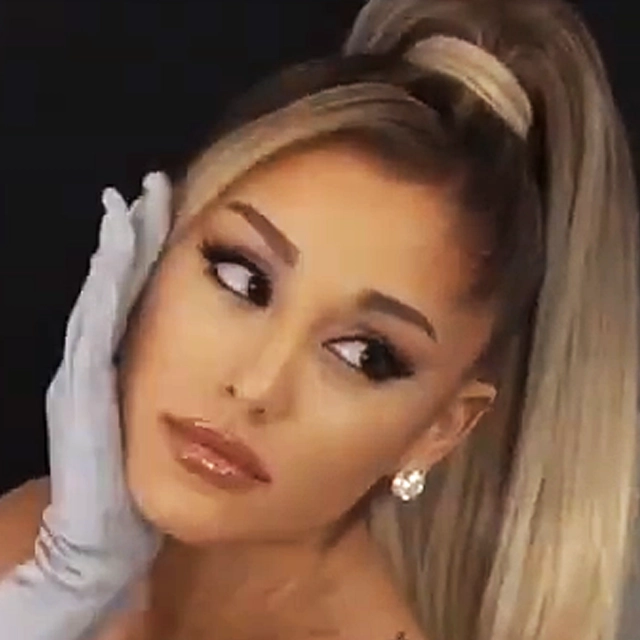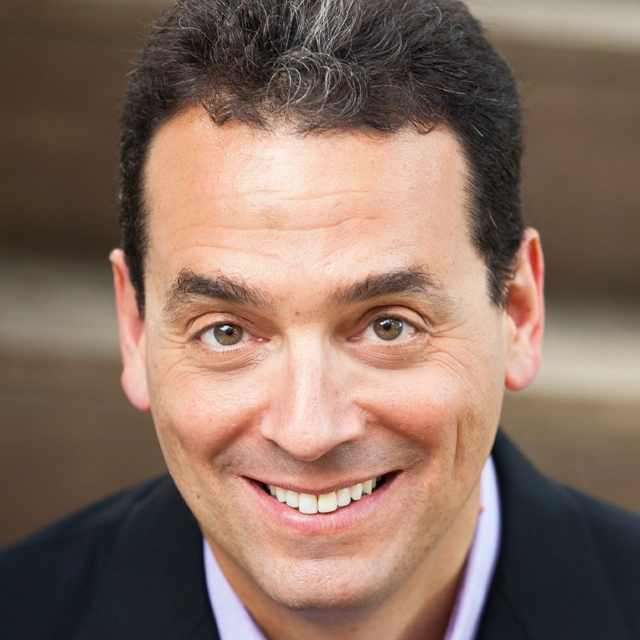Farmer Boy Audiobook Summary
The second book in the treasured Little House series, Farmer Boy is Laura Ingalls Wilder’s beloved story of how her husband, Almanzo, grew up as a farmer boy far from the little house where Laura lived.
The nine Little House books have been cherished by generations of readers as both a unique glimpse into America’s frontier history and as heartwarming, unforgettable stories. The Little House series has captivated millions of readers with its depiction of life on the American frontier.
While Laura Ingalls grows up on the prairie, Almanzo Wilder is living on a big farm in New York State. Here Almanzo and his brother and sisters help with the summer planting and fall harvest. In winter there is wood to be chopped and great slabs of ice to be cut from the river and stored. Time for fun comes when the jolly tin peddler visits, or best of all, when the fair comes to town.
Almanzo wishes for just one thing–his very own horse–and he must prove that he is ready for such a big responsibility.
Other Top Audiobooks
Farmer Boy Audiobook Narrator
Cherry Jones is the narrator of Farmer Boy audiobook that was written by Laura Ingalls Wilder
Cherry Jones won the Tony(r) Award for best actress for both The Heiress and Doubt, and received two Tony(r) nominations for her work in A Moon for the Misbegotten and Our Country’s Good; she can be seen in the films The Perfect Storm, Erin Brockovich, The Divine Secrets of the Ya-Ya Sisterhood, and Cold Mountain.
About the Author(s) of Farmer Boy
Laura Ingalls Wilder is the author of Farmer Boy
More From the Same
- Publisher : HarperCollins
- Coraline
- Little House on the Prairie
- Little House in the Big Woods
- On the Banks of Plum Creek
- Farmer Boy
Farmer Boy Full Details
| Narrator | Cherry Jones |
| Length | 6 hours 27 minutes |
| Author | Laura Ingalls Wilder |
| Category | |
| Publisher | HarperCollins |
| Release date | February 07, 2017 |
| ISBN | 9780060754938 |
Subjects
The publisher of the Farmer Boy is HarperCollins. includes the following subjects: The BISAC Subject Code is 19th Century, Historical, Juvenile Fiction, United States
Additional info
The publisher of the Farmer Boy is HarperCollins. The imprint is HarperCollins. It is supplied by HarperCollins. The ISBN-13 is 9780060754938.
Global Availability
This book is only available in the United States.
Goodreads Reviews
Miranda
December 09, 2020
Are you hungry yet?Much of Laura's childhood was spent in near-starvation. While they always had something to eat, it was never enough for the family to be satisfied.Thus when Laura wrote about Almanzo (her future husband)'s childhood, she focused on the most idyllic parts and what she wanted for her own childhood and her child - which was a full stomach and stable home. Almanzo simply ate. He ate ham and chicken and turkey, and dressing and cranberry jelly; he ate potatoes and gravy, succotash, baked beans and boiled beans and onions, and white bread and rye ’n’ injun bread, and sweet pickles and jam and preserves. Then he drew a long breath, and he ate pie. I swear, my stomach rumbled every ten minutes!After a book of this, I began searching for a cookbook (and luckily, there are books aplenty based on this series: The Little House Cookbook, My Little House Cookbook - which I cannot wait to try)Now, the entire plot of Farmer Boy did not solely revolve around food - we also get a look into farm life from the perspective of a wealthy farmer. Almanzo's father loved farming and did his best to impress that love to his son - with great success! There was no time to lose, no time to waste in rest or play. The life of the earth comes up with a rush in the springtime Reading as Almanzo completed farm chores and tamed his oxen kindled my brief (but fervent) desire to become a farmer in fifth grade (well, until the impracticality of city-life ruined that dream!)That being said, not even Almanzo' s cushy childhood was left untouched by the harshness of living in the late 1800s. If the teacher has to thrash you again, Royal, I’ll give you a thrashing you’ll remember. There was one crazy scene where their teacher cracked a whip around the school room due to some seriously rowdy teens (could you imagine the look on the PTA Mom's faces?)While this one was not as endearing nor as thoughtful as Laura's other novels, I certainly enjoyed reading it. This was fun way to learn about life a hundred years ago.Audiobook CommentsRead by Cherry Jones and accompanied by Paul Woodiel on the fiddle. Love this audiobook.YouTube | Blog | Instagram | Twitter | Facebook | Snapchat @miranda_reads
Wendy Darling
May 21, 2015
My annual re-read, this time with Heidi! :)My favorite of the Little House books from start to finish, but especially the chapter where Ma and Pa go away for a week and the house falls into disarray as the children eat cake, slice watermelon, blacken the parlor wall, and most importantly, use up all the sugar making ice cream. Still no other author has ever captured the life of pioneers in quite this way, and the good eats will make your mouth water!
Theresa
June 17, 2008
I loved all the Laura Ingalls Wilder books, in particular "Little House in the Big Woods", "Little Town on the Prairie" and "These Happy Golden Years". They are books I can read and savor over and over again. But I just need to give a shout out to my absolute favorite Laura Ingalls Wilder book, and that is "Farmer Boy"--to me, Farmer Boy is the under-appreciated middle child of the Laura Ingalls collection. People forget about it just because it doesn't start with "Little" or end with "Prairie". It is about Almanzo, who Laura eventually marries. There are several reasons why I love this book more than the others:1) Almanzo and his family are loaded. Well, compared to Laura they are. They run a much bigger farm than she does and the father is something of a gentleman farmer, not like the wild Charles who is all over the place and doesn't know what he's doing (let's be honest a lot of the books are based around the fact that Charles is a moron--first they leave the big woods, where the rest of their family is. Then they're stuck somewhere on the friggin prairie and have to ford the friggin river and almost lose Jack. Then they're living in some kind of underground burrow. Then they're starving through the winter because Charles is an idiot who can't provide for his family. This never happens to Almanzo's dad.)2) They take you through the whole farming season, from trashing the hay to cutting up the ice, to gathering potatoes in great, great detail. It's really a pleasure to read. It's also a big farm, like I mentioned so they're more commercial than the Ingalls' farm. You get to see the process of how, for example, they sell their butter, which is pretty cool.3) THE FOOD. I've never come across another book that is as lushly descriptive as this one in terms of food. I thought Harry Potter might do it at some point but it proved to disappoint in that respect. Being loaded + working from 5 AM in the fields before the days the dangers of saturated fats or Atkins were known = glorious food descriptions. I can't even begin to recount them but I urge that you check this book out for yourself. I'd also make sure to check it out with the original illustrations
Tatiana
July 28, 2016
SO MUCH WORK! And they all seem to enjoy it, even create MORE work for themselves instead of looking for opportunities to have some leisure time (or a nap at least). I would have never made it in those olden days. I am just too lazy.
HBalikov
February 21, 2022
I wasn’t sure what to expect since this is listed as a part of the Little House on the Prairie series, but it does not involve the same family. In fact, it is all about life on a farm in “upstate” New York. I thought I knew a little about farming. I’ve been on farms; I’ve plowed fields (with a tractor). I seen how dairy farms operate and how baby pigs are “prepped” for the market. I had little idea how (when 90% of all Americans lived the rural farm life) difficult and chancy life was and how self-sufficient each farm had to be.The focus of the book is on the youngest member of the family, Almanzo. His daily life: school; chores; family time; and special events. For others, this may be disconcerting or even boring. For me, it was a delight to take such a deep dive into how rural life was carried on in mid-nineteenth century America. There are far more details here than in the other “Little House” books. That was part of my delight as was my growing understanding of how little “spare time” there was on a 19th century farm. Another part was the personal growth of 9 year-old Almanzo during the year covered in this book. Below are some of the details"Mother was making soft-soap, too. All the winter’s ashes had been saved in a barrel; now water was poured over them, and lye was dripping out of a little hole in the bottom of the barrel. Mother measured the lye into a caldron, and added pork rinds and all the waste pork fat and beef fat that she had been saving all winter. The caldron boiled, and the lye and the fat made soap.""But when they were all tucked under the buffalo-skin robes, with hot bricks at their feet, Father let the prancing horses go, and Almanzo forgot everything else.""For a long time they talked and argued. Shining tinware and piles of rags were all over the porch. For every pile of rags that Nick Brown added to the big pile, Mother asked more tinware than he wanted to trade her. They were both having a good time, joking and laughing and trading.”"Snow was falling next morning when Almanzo rode with Father to the timber lot. Large feathery flakes made a veil over everything, and if you were alone and held your breath and listened, you could hear the soft, tiny sound of their falling. Father and Almanzo tramped through the falling snow in the woods, looking for straight, small oaks. When they found one, Father chopped it down. He chopped off all the limbs, and Almanzo piled them up neatly. Then they loaded the small logs on the bobsled. After that they looked for two small crooked trees to make curved runners. They must be five inches through, and six feet tall before they began to curve. It was hard to find them. In the whole timber lot there were no two trees alike. “You wouldn’t find two alike in the whole world, son,” Father said. “Not even two blades of grass are the same. Everything is different from everything else, if you look at it.”""All winter long, on stormy nights, there would be threshing to do. When the wheat was threshed, there would be the oats, the beans, the Canada peas. There was plenty of grain to feed the stock, plenty of wheat and rye to take to the mill for flour. Almanzo had harrowed the fields, he had helped in the harvest, and now he was threshing."
Dave
March 04, 2018
Listened to ¾ of this in January, and now, two months later, finished it today, also in the car. And pretty much loved it. This is not about Laura's family, though it’s technically listed #3 IN the Little House on the Prairie series. It functions as a kind of contrast in that it is a wealthier farm life experience in New England vs. the Midwestern farm life Laura lived, seemingly near starvation. This book is about her future' husband Almanzo Wilder's family. As with Laura’s family, she describes with practically ethnographic detail what nineteenth-century American farm life was like: Gathering potatoes, cutting up ice, making and selling butter. Kids work on these farms, they learn how to do things, they develop humane relationships with animals (and each other). And when they are done working, they then have seemingly breathless fun together. They make sleds, they make harnesses, they hook them up to a team of horses, and they learn how to trot these horses safely. When they are CHILDREN.Can anyone imagine a holiday more joyful than Laura Ingalls Wilder describes each and every Christmas??!! But Laura one year gets a PENNY for Christmas; Almanzo gets, in addition to a lot of other things, a KNIFE!?The food they grow and eat is also a contrast to Laura’s farm life, with sumptuous and meticulously described meals, like a certain ham dinner. And there’s another contrasting story; at one point Almanzo’s mother and father leave for a few days. Some work gets done by the kids, but they use up all the sugar making ice cream, they eat cake and ice cream and watermelon to the point of making themselves sick, they do some property damage, and so on. Amusing.In the end, Almanzo is given the opportunity to sell bales of hay in town. He is TEN years old. And when he is given the opportunity to apprentice as a wheelwright (look it up, and in a DICTIONARY, kids, that was good enough for me, it’ll be good enough for you, you don’t need google . . ), well, you know from the title what he chooses to do. Great to listen to, especially with the incomparable Cherry Jones reading!
Cindy
September 07, 2017
Much wailing and gnashing of teeth this morning as we finished Farmer Boy. My student could not believe it was over! Going to be hard to top this one in the coming months. Not sure how many times I have read this but I am thinking five. I believe after Little House in the Big Woods, it is the best book in the Little House series. Goodbye, Almanzo. Not sure when we will meet again.
Philip
December 30, 2012
Before I hand the reviewing reigns over to Eleanor, I wanted to say a couple things I took out of this book. (Hopefully she doesn't get too impatient.)There's a lot in the Laura Ingalls Wilder books written for adults as well as kids. The theme of self-reliance comes through loud and clear. The difference in child-rearing... wow. Hold on:Me: Eleanor, what does it mean to "speak when spoken to?"E: It means, "BE QUIET UNTIL YOU ARE SPOKEN TO!!!"Me: Do you think we should make that a rule in our house?E: What if I need dessert?Me: Well, you couldn't ask for it. So, should it be a rule?E: ...I don't know...Me: What do you think?E: Well... if we have a question, we speak. So I don't know about that rule, dad.Me: You mean you don't like it?E: No...That's exactly what I thought. Although, I'd like to add she's been sitting here very patiently waiting to review the book. She hasn't complained or said a word, and it's late. (She was kind of grumpy earlier...)Me: Weren't you Eleanor.E: Yeah.Anyway (me again), like I said, there was a lot in there for grown-ups that is applicable to today.They were at the fair, and father saw some Belgian horses:"Father said they were Belgians. They came from a country called Belgium, in Europe. ...Father admired them very much. 'Look at that muscle! They'd pull a barn, if hitched to it.' Almanzo asked him: 'What's the good of a horse that can pull a barn? We don't want to pull a barn. A Morgan has muscle enough to pull a wagon, and he's fast enough to pull a buggy, too!' 'You're right, son!' Father said. He looked regretfully at the big horses, and shook his head. 'It would be a waste to feed all that muscle, and we've got no use for it. You're right.'"How apropos for today. For myself. For my country. How often have I looked at something I don't need? Something that has no practical purpose? Even Almanzo's father - the faultless, the diligent - he's even tempted at times. Eleanor's doing such a good job of waiting for her turn. I'm not sure how to reward her. I've got one more story to tell about her before I let her write her part of the review.Here's what I wrote down when it happened:It is shocking, SHOCKING how much Eleanor remembers. We've been reading this book for months and months. I don't sit down and read her a chapter a night, it happens much more sporadically than that. She ALWAYS remembers what chapter we're on. Here's how it went down:E: What's chapter 22 called?Me: The Fall of the Year.E: But I thought chapter 10 was called "The Turn of the Year."Me: (I'm shocked that she remembered this, as it had been months since we read it.) What was chapter 10 about?E: Almanzo not going to school.So, I went back to check, and sure enough she was right. I got up, and told my wife what happened, and she was surprised too. She asked how many chapters Eleanor remembered, and I said, "I don't know." So I asked her. She went chapter 1-3 and at 4 she stopped.E: I don't want to tell anymore.(She was getting bored, exasperated, or just plain wanted to stop. Maybe she didn't know any more.)Me: You don't remember?E: I do. I just don't want to tell.Me: (teasing) No, you don't.E: I do.Me: ...We'll play the WOO! WOO! WOO! game if you tell. (The WOO! WOO! WOO! game includes me throwing her into the air. ...We don't play that one as much anymore.)E: OK! Chapter 4- Surprise. Chapter 5-Birthday. Chapter 6-Filling the Ice House. Chapter 7- Saturday Night...She did all the way up to chapter 22 - which was the chapter we were on at the time. We'd never gone back to practice. It seems crazy to me. Seriously crazy.Of course, there are times I send her upstairs to tell her mother something and she'll come back down and ask, "What was I supposed to tell?"Anyway. Sorry for the long story. I know it's a review. I just had to get that story down somewhere.THE ELEANOR REVIEWMe: You already told me 5 stars, so why don't you tell me what the book was about. Or tell me your favorite part.E: I liked when Almanzo was going to get Starlight.Me: Who is Starlight?E: A baby colt. And when he's four, Almanzo's gonna start to "gentle" him.Me: What's "gentle him" mean?E: I think it means "make him gentle." How do we "gentle" a colt?Me: I don't know. What other parts did you like?E: I also liked that he went to the county fair and (view spoiler)[that his PUMPKIN GOT A RIBBON!!! (hide spoiler)]Me: I liked that part too.E: Why didn't it say about Royal's pets?Me: I think because this book was mainly about Almanzo.E: I feel like I could write a book when I grow up. I could write a book about Meeeeee... And Gwennieeeeee... And my kids. And you, when you were a little boy, and mom when she was a little girl.Me: I think you would be very good at writing stories. What else do you want to say about the book? There was a lot in this one, right?E: You want to take some out?Me: I don't want to take anything out of the book.E: Yeah. There was a lot, but it was all good. In chapter one, they went out for recess. I liked when they went out for recess. When did Star and Bright show up?Me: I don't remember when Star and Bright showed up.E: You aren't Almanzo.Me: What do you mean?E: You're typing. And Almanzo can't type. He's a little kid.Me: Do you want to know what my favorite part is?E: What's your favorite part? Tell us!(view spoiler)[Me: My favorite part was the part with the teacher at the beginning. And how he dealt with those kids. The mean kids.E: What does "dealt" mean?Me: How he handled them. How did he handle the mean kids?E: He WHIPPED them! HE WHIPPED EVERYBODY!!!!Me: Well... he didn't whip everybody, just the bad kids. What were kids names that he whipped?E: Big Bill. John.Me: Yeah. That part was crazy. Would your teacher whip you if you were bad?E: Mm-hmmm. Only, I'm not bad. I'm nice to her.Me: I don't think your teacher would whip you even if you were bad. But that doesn't mean I think you should be bad, right?E: Right. (hide spoiler)]Me: Do you want to say anything else about the book? Any other favorite parts?E: Well, one more. In CHAPTER 2 they ate a Yuuuuummmmmyyyy dinner, called HAM. Which I love, and we have. Read the review now.Me: Ok. Here it is.
Sarah
December 05, 2022
This second book in the Little House series is much racier than the first! There’s a schoolteacher who thrashes school bullies with a black snake whip until sweat pours from his face. I mean, the man full-force whips them until their clothes are in tatters and blood spills from their lacerated arms and legs. We also have an attempted burglary, a scary burn incident, and… wait for it… children disobeying their parents!!In addition to this 30% of spiced-up content, the remainder of the book breaks down as follows: * 25% descriptions of food, like this one: Mother sliced the hot rye n' injun bread, on the breadboard by her plate. Father's spoon cut deep into the chicken pie; he scooped up big pieces of thick crust and turned up their fluffy yellow undersides on the plate. He poured gravy over them, he dipped up big pieces of tender chicken, dark meat and white meat sliding from the bones. He added a mound of baked beans and topped it with a quivering slice of fat pork. * 5% salt-of-the-earth wisdom like this: Father gave him the heavy half dollar. "It's yours," said father, "you can buy a suckling pig with it if you want to. You could raise it, and it would raise a litter of pigs worth four of five dollars apiece. Or you can trade that half dollar for lemonade, and drink it up. You do as you want; it's your money." * 10% family bonding exercises* 10% training of animals* 20% descriptions of homesteading labors. I’m still really loving prairie life through Laura Ingalls Wilder’s rose-colored glasses, but I’m taking one star off this one because some descriptions of farm labor and building projects are so tediously detailed, my eyes glazed right over.Book/Song Pairing: Woodland (The Paper Kites)
catherine ♡
April 10, 2017
This one and Little House on the Prairie will forever be some of my favorite childhood stories. It tells of such a realistic story, but with such a beautifully innocent touch that I think really complemented the setting and made the story unforgettable.
Karen
January 12, 2021
I skipped this one when I was young because it was about Almanzo. I was wrong - ah the good old days when a nine year old could plough a field with an ox team they'd trained themselves and a teacher could beat unruly students with a bullwhip. Many details of life on a hardworking horse and sheep farm in upstate New York in the late 1800's.
Frequently asked questions
Listening to audiobooks not only easy, it is also very convenient. You can listen to audiobooks on almost every device. From your laptop to your smart phone or even a smart speaker like Apple HomePod or even Alexa. Here’s how you can get started listening to audiobooks.
- 1. Download your favorite audiobook app such as Speechify.
- 2. Sign up for an account.
- 3. Browse the library for the best audiobooks and select the first one for free
- 4. Download the audiobook file to your device
- 5. Open the Speechify audiobook app and select the audiobook you want to listen to.
- 6. Adjust the playback speed and other settings to your preference.
- 7. Press play and enjoy!
While you can listen to the bestsellers on almost any device, and preferences may vary, generally smart phones are offer the most convenience factor. You could be working out, grocery shopping, or even watching your dog in the dog park on a Saturday morning.
However, most audiobook apps work across multiple devices so you can pick up that riveting new Stephen King book you started at the dog park, back on your laptop when you get back home.
Speechify is one of the best apps for audiobooks. The pricing structure is the most competitive in the market and the app is easy to use. It features the best sellers and award winning authors. Listen to your favorite books or discover new ones and listen to real voice actors read to you. Getting started is easy, the first book is free.
Research showcasing the brain health benefits of reading on a regular basis is wide-ranging and undeniable. However, research comparing the benefits of reading vs listening is much more sparse. According to professor of psychology and author Dr. Kristen Willeumier, though, there is good reason to believe that the reading experience provided by audiobooks offers many of the same brain benefits as reading a physical book.
Audiobooks are recordings of books that are read aloud by a professional voice actor. The recordings are typically available for purchase and download in digital formats such as MP3, WMA, or AAC. They can also be streamed from online services like Speechify, Audible, AppleBooks, or Spotify.
You simply download the app onto your smart phone, create your account, and in Speechify, you can choose your first book, from our vast library of best-sellers and classics, to read for free.
Audiobooks, like real books can add up over time. Here’s where you can listen to audiobooks for free. Speechify let’s you read your first best seller for free. Apart from that, we have a vast selection of free audiobooks that you can enjoy. Get the same rich experience no matter if the book was free or not.
It depends. Yes, there are free audiobooks and paid audiobooks. Speechify offers a blend of both!
It varies. The easiest way depends on a few things. The app and service you use, which device, and platform. Speechify is the easiest way to listen to audiobooks. Downloading the app is quick. It is not a large app and does not eat up space on your iPhone or Android device.
Listening to audiobooks on your smart phone, with Speechify, is the easiest way to listen to audiobooks.

